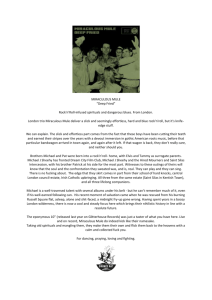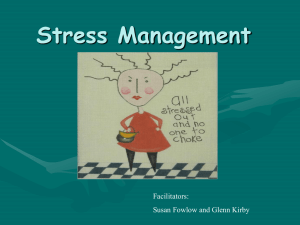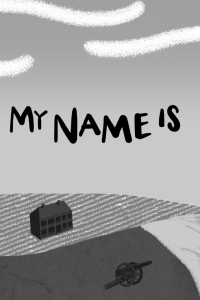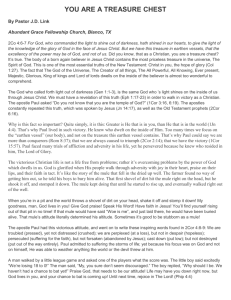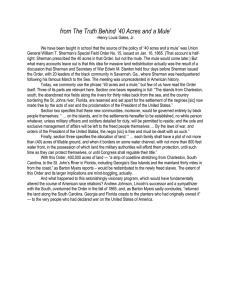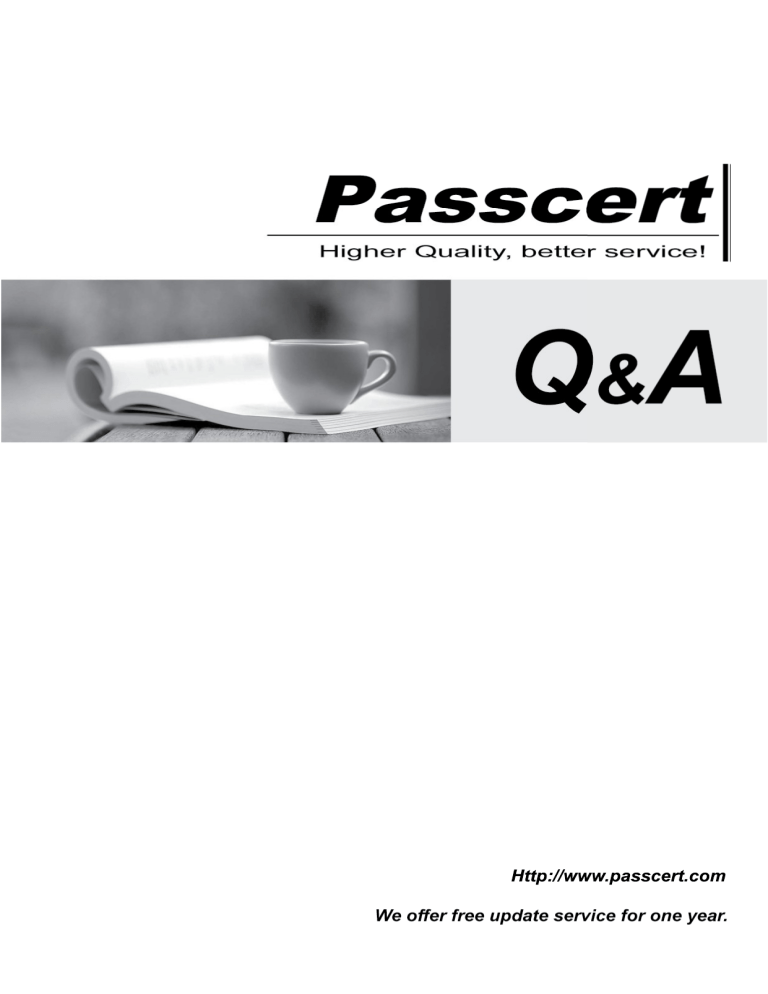
Http://www.passcert.com The safer , easier way to help you pass any IT exams. Exam : MCIA-LEVEL 1 Title : MuleSoft Certified Integration Architect - Level 1 Exam Version : DEMO 1 / 4 The safer , easier way to help you pass any IT exams. 1.Mule applications need to be deployed to CloudHub so they can access on-premises database systems. These systems store sensitive and hence tightly protected data, so are not accessible over the internet. What network architecture supports this requirement? A. An Anypoint VPC connected to the on-premises network using an IPsec tunnel or AWS DirectConnect, plus matching firewall rules in the VPC and on-premises network B. Static IP addresses for the Mule applications deployed to the CloudHub Shared Worker Cloud, plus matching firewall rules and IP whitelisting in the on-premises network C. An Anypoint VPC with one Dedicated Load Balancer fronting each on-premises database system, plus matching IP whitelisting in the load balancer and firewall rules in the VPC and on-premises network D. Relocation of the database systems to a DMZ in the on-premises network, with Mule applications deployed to the CloudHub Shared Worker Cloud connecting only to the DMZ Answer: A 2.Refer to the exhibit. An organization deploys multiple Mule applications to the same customer -hosted Mule runtime. Many of these Mule applications must expose an HTTPS endpoint on the same port using a serverside certificate that rotates often. What is the most effective way to package the HTTP Listener and package or store the server-side certificate when deploying these Mule applications, so the disruption caused by certificate rotation is minimized? A. Package the HTTPS Listener configuration in a Mule DOMAIN project, referencing it from all Mule applications that need to expose an HTTPS endpoint Package the server-side certificate in ALL Mule APPLICATIONS that need to expose an HTTPS endpoint B. Package the HTTPS Listener configuration in a Mule DOMAIN project, referencing it from all Mule applications that need to expose an HTTPS endpoint. Store the server-side certificate in a shared filesystem location in the Mule runtime's classpath, OUTSIDE the Mule DOMAIN or any Mule APPLICATION C. Package an HTTPS Listener configuration In all Mule APPLICATIONS that need to expose an HTTPS endpoint Package the server-side certificate in a NEW Mule DOMAIN project D. Package the HTTPS Listener configuration in a Mule DOMAIN project, referencing It from all Mule applications that need to expose an HTTPS endpoint. Package the server-side certificate in the SAME 2 / 4 The safer , easier way to help you pass any IT exams. Mule DOMAIN project Go to Set Answer: B 3.An API client is implemented as a Mule application that includes an HTTP Request operation using a default configuration. The HTTP Request operation invokes an external API that follows standard HTTP status code conventions, which causes the HTTP Request operation to return a 4xx status code. What is a possible cause of this status code response? A. An error occurred inside the external API implementation when processing the HTTP request that was received from the outbound HTTP Request operation of the Mule application B. The external API reported that the API implementation has moved to a different external endpoint C. The HTTP response cannot be interpreted by the HTTP Request operation of the Mule application after it was received from the external API D. The external API reported an error with the HTTP request that was received from the outbound HTTP Request operation of the Mule application Answer: D 4.An XA transaction Is being configured that involves a JMS connector listening for Incoming JMS messages. What is the meaning of the timeout attribute of the XA transaction, and what happens after the timeout expires? A. The time that is allowed to pass between committing the transaction and the completion of the Mule flow After the timeout, flow processing triggers an error B. The time that Is allowed to pass between receiving JMS messages on the same JMS connection After the timeout, a new JMS connection Is established C. The time that Is allowed to pass without the transaction being ended explicitly After the timeout, the transaction Is forcefully rolled-back D. The time that Is allowed to pass for state JMS consumer threads to be destroyed After the timeout, a new JMS consumer thread is created Answer: C 5.Refer to the exhibit. 3 / 4 The safer , easier way to help you pass any IT exams. A Mule 4 application has a parent flow that breaks up a JSON array payload into 200 separate items, then sends each item one at a time inside an Async scope to a VM queue. A second flow to process orders has a VM Listener on the same VM queue. The rest of this flow processes each received item by writing the item to a database. This Mule application is deployed to four CloudHub workers with persistent queues enabled. What message processing guarantees are provided by the VM queue and the CloudHub workers, and how are VM messages routed among the CloudHub workers for each invocation of the parent flow under normal operating conditions where all the CloudHub workers remain online? A. EACH item VM message is processed AT MOST ONCE by ONE CloudHub worker, with workers chosen in a deterministic round-robin fashion Each of the four CloudHub workers can be expected to process 1/4 of the Item VM messages (about 50 items) B. EACH item VM message is processed AT LEAST ONCE by ONE ARBITRARY CloudHub worker Each of the four CloudHub workers can be expected to process some item VM messages C. ALL Item VM messages are processed AT LEAST ONCE by the SAME CloudHub worker where the parent flow was invoked This one CloudHub worker processes ALL 200 item VM messages D. ALL item VM messages are processed AT MOST ONCE by ONE ARBITRARY CloudHub worker This one CloudHub worker processes ALL 200 item VM messages Answer: B 4 / 4
